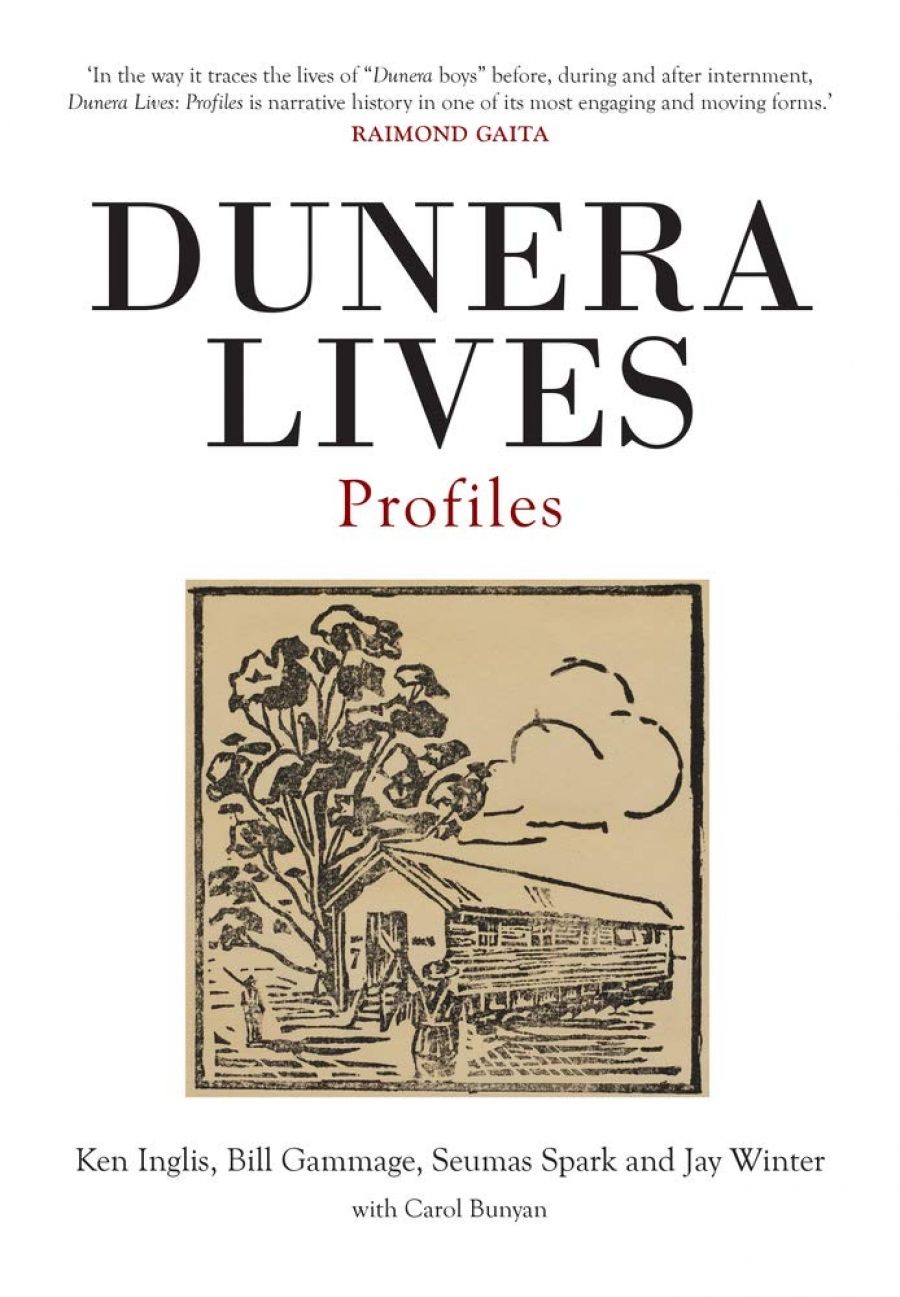
- Free Article: No
- Contents Category: Australian History
- Review Article: Yes
- Custom Highlight Text:
Many have come to Australia in strange circumstances, but the two thousand or so who arrived on the Dunera and Queen Mary in 1940 have one of the most unusual stories. With the outbreak of World War II in September 1939, Germans and Austrians living in the United Kingdom became enemy aliens. In May 1940, with the British Army on the Continent facing destruction and with invasion a very real threat, Winston Churchill ordered every enemy alien in the country arrested and detained. It was, he later realised, a mistake, as most Germans living in the United Kingdom were Hitler’s enemies rather than his supporters, and many were actually refugees from Nazism. But some had already been sent out of the country on ships bound for Australia and Canada. Not since the last convicts had been dropped at Fremantle in 1868 had the British government banished people judged as undesirable to Australia.
- Book 1 Title: Dunera Lives, Volume II
- Book 1 Biblio: Monash University Publishing, $39.95 pb, 508 pp
- Book 1 Readings Link: booktopia.kh4ffx.net/BWENB
The mostly Jewish internees who arrived in Sydney on the Dunera in September 1940 were all men aged between sixteen and sixty-six. The voyage had been miserable. It seems the British Army had staffed the ship with soldiers it wanted to get rid of – perhaps those who wouldn’t be missed if it was torpedoed. They freely stole from the detainees, scattered broken glass where the men exercised, and threw their luggage overboard. On arrival in Australia, the ‘Dunera Boys’ found a marked improvement in their situation, with better food and laid-back guards. One internee recalled holding a soldier’s rifle while he rolled a cigarette. But they were still interned, in camps at Hay, Orange, and Tatura. They were joined soon afterwards by German families arrested in Singapore and deported to Australia aboard the Queen Mary. This book deals with both groups.
From 1941, the internees were gradually released to undertake war work. A sizeable number enlisted in the Australian Army, where they formed a non-combat unit, the 8th Employment Company. Some seven hundred, either for simple convenience or a genuine and unexpected liking for Australia, decided to stay. Some found Australia to be a geographic and cultural desert and returned to Europe at the first opportunity. Others went to the United States or to help build the new Jewish state of Israel. Many had lost family or friends in the Holocaust, and recognised they had done better than those who had ended up in Nazi concentration camps and Soviet gulags. Nonetheless, as the authors of Dunera Lives point out, they were still victims of ‘injustice, bureaucratic bungling, and human error’.
Who were the Dunera Boys? This is the question that Ken Inglis, Bill Gammage, Seumas Spark, Jay Winter, and Carol Bunyan set out to answer in their two-volume work. The story of the Dunera internees is not unknown – it was the subject of the 1985 television film The Dunera Boys – but it is not widely known either. The first volume of Dunera Lives (reviewed by Astrid Edwards in the September 2018 issue of ABR) illustrated the story of the internees through photos, sketches, and scraps of writing. The second volume consists of twenty individual profiles.
The first two profiles are not actually of internees. One is of Edward ‘Tip’ Broughton, the New Zealand-born Australian Army officer of Māori heritage who commanded the 8th Employment Company. An eccentric and popular officer, he educated himself in Jewish customs, made kosher food available, learned some German, and left a strong impression of tolerance on the men under his command. The other is Julian Layton, English refugee advocate, who championed the rights of the Dunera internees but was left haunted after a visit to newly liberated Bergen-Belsen by the spectres of those he could not save.
The other eighteen profiles (of nineteen individuals), a cross-section of the internees, show that there was no single Dunera story. Around four-fifths of the internees were classified as Jews under the Nazi racial laws, but they varied from orthodox to Christian to secular. Many were well educated; Dunera Lives features profiles of scientists, artists, and businessmen. Ironically, Leonhard Adam, an anthropologist, had been tasked with interrogating Indigenous Australian prisoners for the German Army during World War I. Physicist Hans Buchdahl, who settled in Hobart, corresponded with Albert Einstein in the United States. But there were also labourers, tradesmen, and artisans, such as furniture designer Fred Lowen.
There are advantages and disadvantages to telling history through profiles, and Dunera Boys trades breadth for depth. But the style works well for the subject matter, and it leaves us with a real sense of how a single random event in history can alter the course of someone’s life. The postwar lives of the subjects are not simply an epilogue to a story about World War II. This is fitting: for the younger internees in particular, this was the bulk of their lives. The Dunera internees were not refugees, although it’s impossible to read Dunera Boys without thinking of those who have been forced to flee their homes and seek asylum in the years since. The authors draw on the internees to speak for the others who also ‘suffered and suffer a cruel wrench from home and country’.
Ken Inglis, who died in 2017, was inspired to begin the project by Franz Philipp, a Dunera internee, who taught him at Melbourne University. Reflecting on his journey from Dachau to England to Australia on the Dunera, Philipp wrote a poem which the book, appropriately, quotes:
Man is not good, yet he carries
A glimmer of goodness within him,
With effort that spark turns to flame
The flame of the small heart


Comments powered by CComment